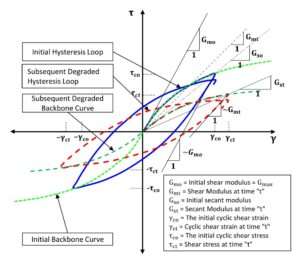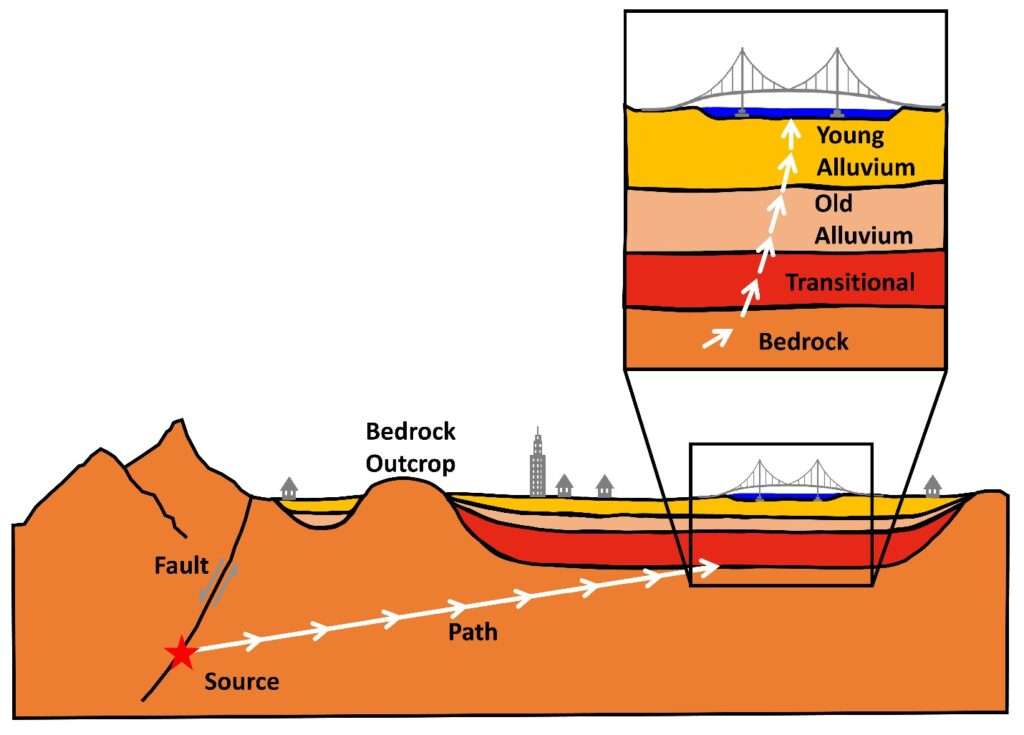
Seismic site response analysis is an analysis performed to evaluate the behavior of soil deposits and/or earthfill facilities such as landfills and dams when subjected to strong ground shaking. The most advanced version of this analysis is called effective-stress site response analysis because it includes seismically-induced pore water pressure generation and dissipation. Effective-stress analysis is commonly used in engineering practice, yet practical guidance was not available until now.
In 2021, the National Academies of Sciences, Engineering, and Medicine (NAS) retained Geo-Logic Associates, Inc. (GLA) to develop a proper engineering guidance document. The project scope included extensive review and evaluation of computer programs and constitutive models, in-situ sampling and testing of previously liquefied soil from a known liquefaction site, advanced geotechnical laboratory and centrifuge testing, interpretation of test results, and back-analysis of seven well documented case histories. The findings and guidelines are presented in a book published by the National Academies Press in 2024 (https://www.trb.org/Publications/Blurbs/183198.aspx).
In addition to practical guidance, the book provides answers to several common questions, such as: (i) How accurately can a nonlinear effective-stress analysis program simulate actual phenomena? (ii) What is the proper way to use these programs in engineering practice? (iii) Which site-specific input parameters are required, at a minimum, for analyses (e.g., for site characterizations, constitutive models, seismic loading/input motions etc.)? (iv) What are the capabilities and limitations of commercially available programs and to what extent and for what problems/geosystems have they been validated? (v) What is the process of model setup? and (vi) How should the results of nonlinear effective-stress modeling be interpreted and used?
Neven Matasovic, PhD, PE, GE, GLA’s Specialized Geotechnical Practice Lead, served as the Project Manager and the Principal Investigator on this project. He was assisted by GLA Geotechnical Engineer Mr. Alan Witthoeft, PE, GE, and employees and subcontractors from University of California, San Diego (UCSD), University of New Hampshire (UNH), University of California, Los Angeles (UCLA), and Arizona State University (ASU).







